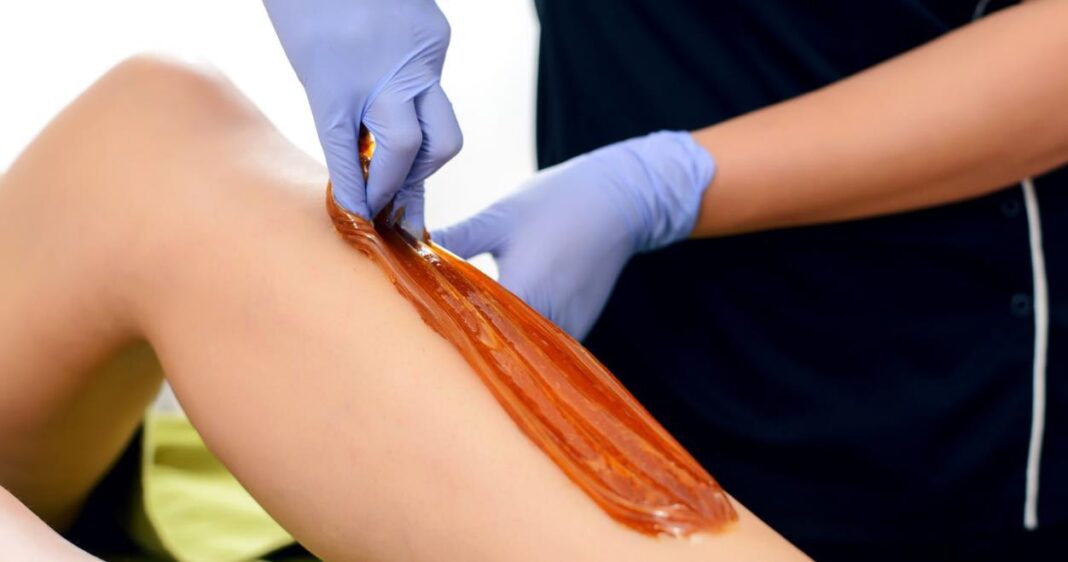Hair removal can be a big deal for some people. Not because it is difficult but because it is not an enjoyable task for some people. That could be worrisome because hair removal is necessary to keep everything neat.
As you know, there are a plethora of hair removal products available to help you ease the process. However, the method of application is what makes the difference.
So, in a bid to find a solution to this imaginary problem, people turn to various hair removal methods to know which works for them. However, things soon turn out in a different direction as some of these methods, even though does the work of removing the hair, prove futile to them. This could only be an indication of one thing, perhaps you have been using the wrong hair removal method.
Although we have discussed different hair removal methods, in this article, we touch on a different method of hair removal known as waxing. So, in this article, we discuss what waxing is all about, how is waxing done, the benefits and side effects of waxing, and the effect of waxing on hair growth. In the latter part of the article, we focus on answering the question of whether waxing removes hair permanently, and we summarize some of the things you need to do after waxing.
What is waxing?

Waxing is a type of hair removal method that helps remove hair from the root. It uses a strip of wax to help achieve this and thus leaves smooth and supple skin afterward. Originating in Egypt in 1150 BC, waxing has become a common method for removing hair in modern times. History has it that the practice of using waxing for hair removal dates back to 3000 BC in Egypt, as the women in Ramses III’s harem possessed smooth and hairless bodies. Reports also show that most uses of waxing in the Stone Age were mainly for leg and underarm treatment.
However, in modern times, waxing has gained popularity in the beauty and self-care industry, especially among women who indulge in intimate waxing (also known as Brazilian) to remove hair around the face, back, underarms, and legs.
Does waxing remove hair permanently?
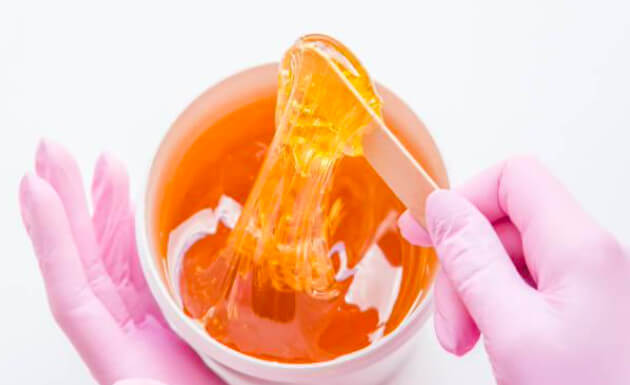 This is the section that you probably have been seeking answers to and we do justice to answering the question in a simple and explanatory way. A very direct answer to this question would be no, waxing does not remove hair permanently. Although, you would enjoy the benefit of waxing such that it gives you smooth, clean, and hairless skin because hair is pulled directly from the root, however, this is only temporal, and in about 14 days, you would soon notice that hairs begin to sprout again. But not to worry, if you want to maintain smoothness and hairless skin, then you may want to wax as often as possible. This would help slow down the hair re-growth process and then you can enjoy a smooth skin.
This is the section that you probably have been seeking answers to and we do justice to answering the question in a simple and explanatory way. A very direct answer to this question would be no, waxing does not remove hair permanently. Although, you would enjoy the benefit of waxing such that it gives you smooth, clean, and hairless skin because hair is pulled directly from the root, however, this is only temporal, and in about 14 days, you would soon notice that hairs begin to sprout again. But not to worry, if you want to maintain smoothness and hairless skin, then you may want to wax as often as possible. This would help slow down the hair re-growth process and then you can enjoy a smooth skin.
How is waxing done?
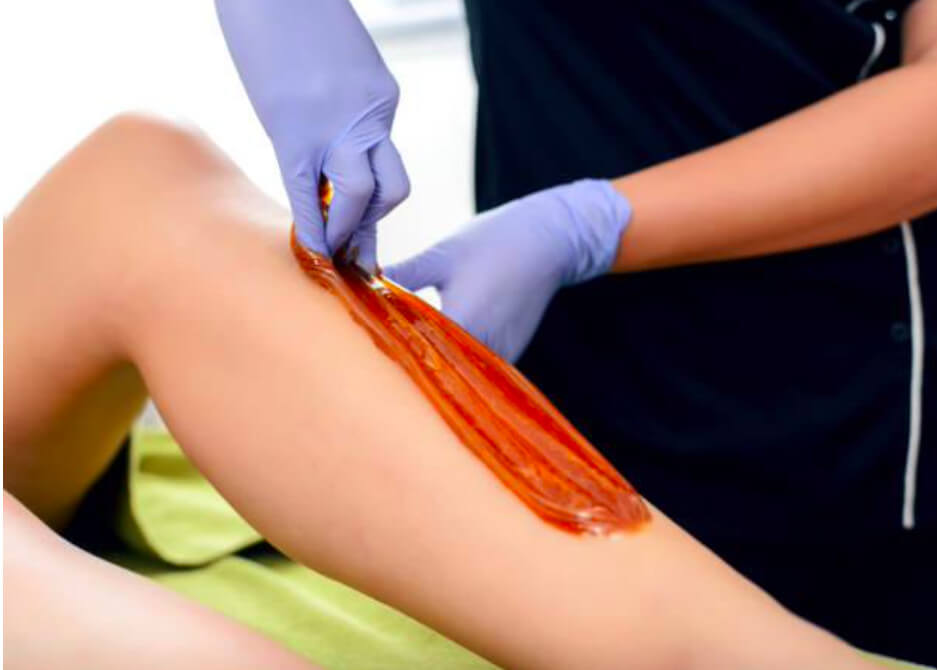 For an effective waxing result, you want to ensure that your hair is long enough, about one-fourth or three-fourths of an inch, before waxing. However, if your hair is longer than that, you may want to trim it down a bit using scissors so that waxing can be efficient.
For an effective waxing result, you want to ensure that your hair is long enough, about one-fourth or three-fourths of an inch, before waxing. However, if your hair is longer than that, you may want to trim it down a bit using scissors so that waxing can be efficient.
Also, be sure to avoid using any skin care product containing retinol or any retinoid prescription about three to five days before waxing to prevent accidental removal of the skin during waxing.
As you know, waxing could be quite painful and could cause inflammation too, so, to help reduce discomfort, you want to make sure you get some medication like ibuprofen to numb the pain and apply a cold compress (ice pack) on the area for about 30 minutes before waxing to reduce inflammation.
Before waxing, it is advised that you carefully wash the area to be waxed to remove dirt or dead skin cells and other debris resulting from several applications of skin care products. After washing, dry your skin to help the wax stay on the skin.
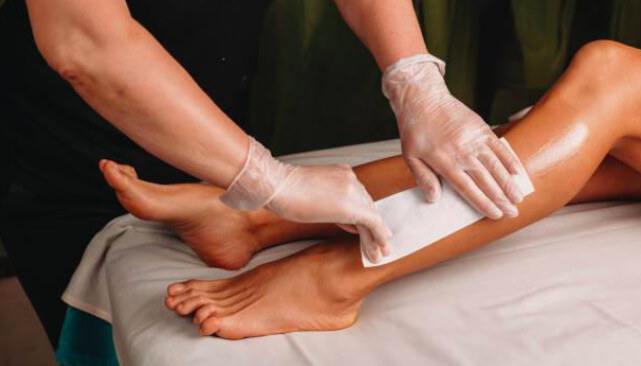 As a caution, be sure to follow the instructions given on the waxing package to the letters to help maximize its use. However, you want to be certain of the temperature of the wax before applying it on your skin, so to do this, take a small amount of wax and apply it on a small area of your skin, for instance, your wrist. Usually, the temperature would feel warm. However, if it burns after application, you should wait to cool the temperature before applying it to your skin.
As a caution, be sure to follow the instructions given on the waxing package to the letters to help maximize its use. However, you want to be certain of the temperature of the wax before applying it on your skin, so to do this, take a small amount of wax and apply it on a small area of your skin, for instance, your wrist. Usually, the temperature would feel warm. However, if it burns after application, you should wait to cool the temperature before applying it to your skin.
To use the wax, apply a generous amount of wax to the area you wish to get rid of hair from and then spread it across in the direction the hair is growing. Once this is done, place a strip of cloth over the wax and press firmly. Let this cloth sit for about two to three seconds. To remove the strip cloth, hold your skin taut with one hand, and then engage your other hand to pull off the cloth swiftly in the opposite direction of hair growth.
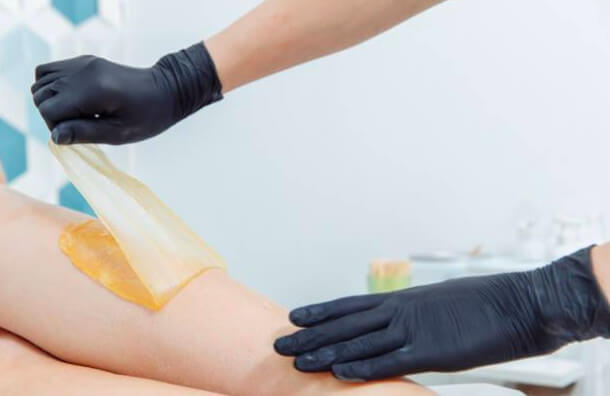
As a note, some areas (such as the underarm or back) are not so easy to wax yourself, so you want to use the help of friends or a certified professional to assist you. Once done with waxing, you want to make sure you do the after-waxing treatment to help soothe your skin. To do this, you can apply cold packs to help relieve pain and inflammation. Also, try to avoid hot showers and baths, apply oil-free or non-comedogenic moisturizers to prevent clogging your skin pores, and also wear loose-fitting clothes to allow for air.
What are the benefits of waxing?
There are several benefits to waxing and we have summarized them into the following 5 benefits below;
Even and smooth skin: this is one of the most obvious benefits of waxing, as it helps give you smooth and even skin. This is because waxing helps remove dead and dry skin cells in addition to removing unwanted hair.
- Scar and nick-free: Waxing not only helps to remove these unwanted hairs but also guarantees a nick- and scar-free hair removal treatment. So, this is an advantage for you if you have sensitive skin that is prone to razor cuts.
- No stubbles or abrasiveness: Waxing works by removing hair from its very root, so you do not have to worry about rough skin, stubbles, and abrasiveness that result from other forms of hair removal.
- No allergies or skin irritation: The ingredients used in the production of wax contain fewer chemicals, so they will not cause allergies or irritate your skin.
- Reduces hair re-growth: waxing removes hair from the root and as such, slows down the process of hair re-growth. After waxing, hair could take about 4 to 6 weeks to grow again.
Side effects of waxing?
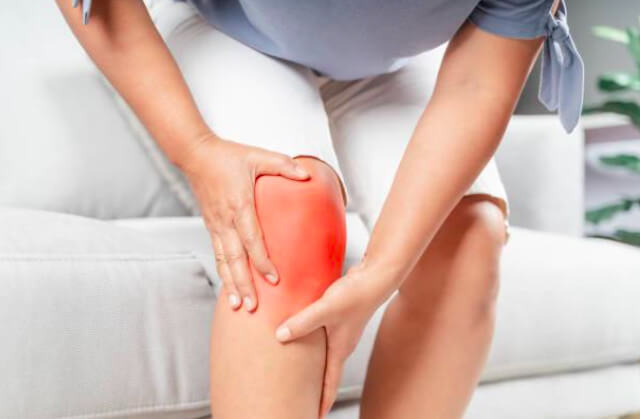 Despite the benefits waxing offers, there are quite some downsides to this hair removal method as will be examined below;
Despite the benefits waxing offers, there are quite some downsides to this hair removal method as will be examined below;
- Redness and/or swelling: this is the first obvious physical side effect of waxing. Redness results from the forceful pulling of the cloth strip that was adhesive to the wax. Usually, any freshly waxed skin would appear pinkish or red and also sensitive. Also, you want to make sure you avoid touching the area to avoid skin irritation.
- Pain sensation: as common with any type of waxing, pain sensation is an obvious side effect of waxing. This is because the strips applied to the wax are removed abruptly. Although this pain varies amongst individuals based on your pain threshold, skin sensitivity, amount of hair, and the area being waxed.
- Rashes: Although the redness, swelling, and irritation are usually temporal and would resolve with some mild treatment, however, another thing is also plausible with waxing, and that is rash. A rash could appear on the waxed area and last for a day or more. This becomes an issue if the rash spreads and lingers for days. You should check in with your doctor if this happens.
- Bumps: bumps are likely to appear over the area that was waxed. Although temporal, you should apply some balm or cream to help calm the soreness from these bumps. Don’t be too bothered about these bumps as they would usually go away on their own.
- Ingrown hairs: there is a likelihood of ingrown hairs if you don’t wax appropriately. For instance, if your hair roots don’t come out of the hair shaft completely or if it breaks underneath the skin, you may risk battling ingrown hairs which could be painful.
Other side effects of waxing include bleeding in severe cases, allergies, sun sensitivity, scarring, and infections.
What you should know after waxing?
A major part of waxing lies in the after-wax treatment. This is because, you may not get to enjoy the benefits of waxing if all you feel after waxing is pain, inflammation, or irritation. So, here are three things you should know and do after waxing;
- Apply a cold compress: This is usually advised after waxing. An icepack to place over the waxed area can go a long way to help relieve the pain you feel. Also, if you have some Aloe Vera gel, you could scoop some out into a container and place it in the fridge to let it cool, then apply on to your skin to help soothe the area.
- Wear loosely-fit clothing: waxing leaves the skin sensitive so, you want to ensure that you avoid anything that makes rub your skin against each other. So, wearing a loosely-fit cloth can help you feel better rather than a tight cloth.
- Limit sun exposure: waxing opens the pores and makes them sensitive so, you may want to avoid or limit sun exposure to your skin. This may require that you stay indoors more if you can or you use sunscreen when going out.
Final note
Hair removal could become an enjoyable task if you do it the right way. Waxing could be fun, too, if you use the waxing kits and follow the instructions that come with them. You do not have to feel nervous about the process; be relaxed and gently allow yourself to enjoy it. However, if you are uncomfortable waxing yourself, you should speak with a friend or a professional to help you. Remember, beautiful, smooth, and flawless skin garners lots of commendation, and this is what waxing helps you achieve. So, pamper your skin today and give it some waxing treatment.

 By Laura
By Laura
